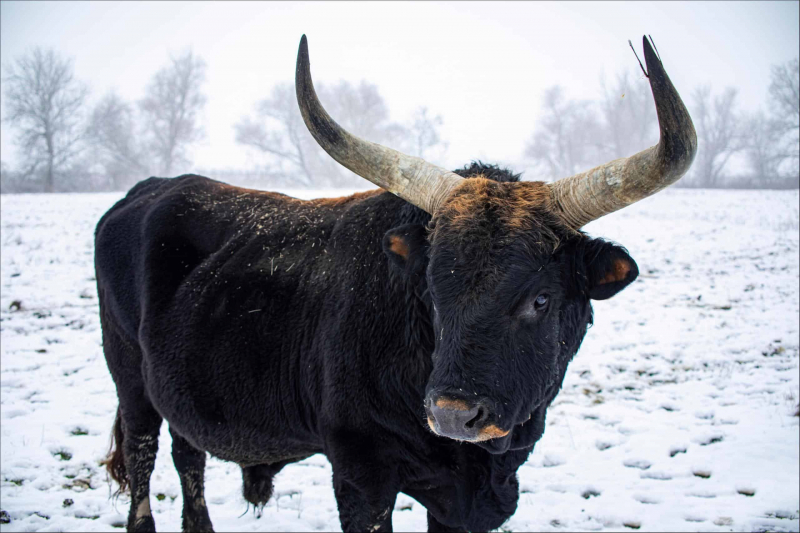Aurochs
In Europe, the last known aurochs perished in 1627. These large, prehistoric cows were the current cow's distant relatives. Bulls could weigh up to 1,000 kilogrammes, or 2,200 pounds. There have been numerous attempts throughout the years, dating back to 1920, to reintroduce the species. These attempts have not always used cunning genetic engineering or cloning; rather, they have involved back-breeding the species into existence.
The aurochs is essentially a distant relative of modern cattle. Therefore, the strategy is to selectively breed existing cow species to get the desired aurochs traits. These desired traits can be extracted and propagated over generations of back-breeding until a contemporary counterpart of the aurochs is once more present. It is similar to how any breeder of animals may selectively breed animals like cats or dogs to successfully develop a new breed. After all, cockapoos did not appear out of thin air.
There were millions of herds of the animal, which once ruled Europe. larger, leaner, and able to produce more milk than contemporary cows. Within 20 years, plans like Project Tauros want to have a nearly identical contemporary aurochs grazing on fields.
Scientific classificationedit
Kingdom: Animalia
Phylum: Chordata
Class: Mammalia
Order: Artiodactyla
Family: Bovidae
Subfamily: Bovinae
Genus: Bos
Species: †B. primigenius











